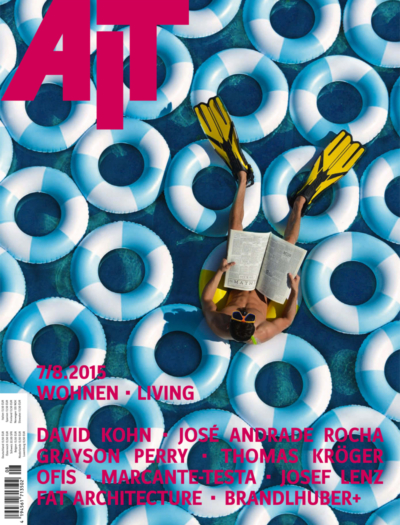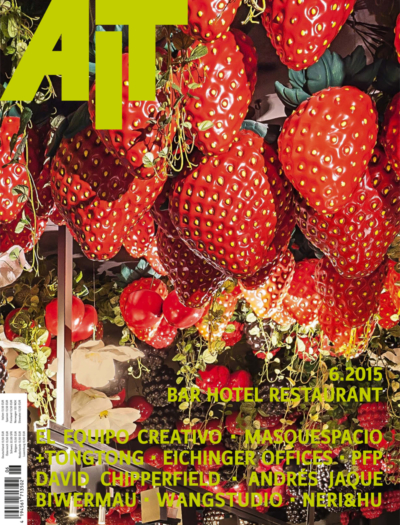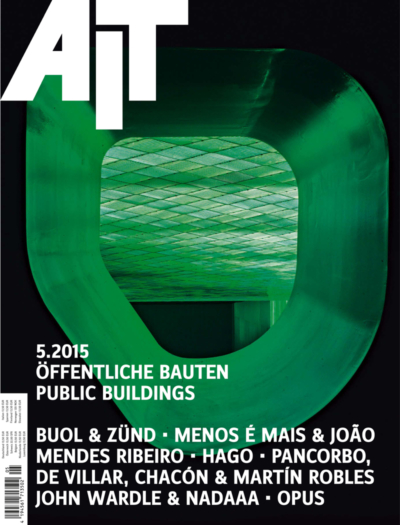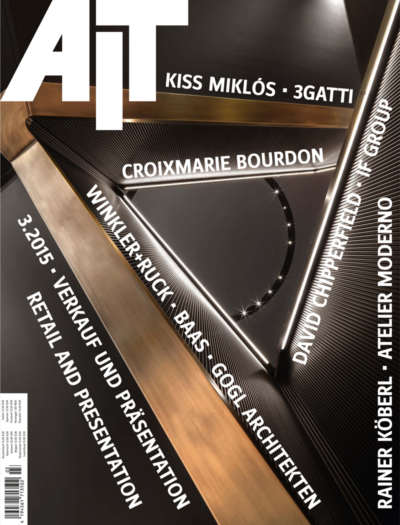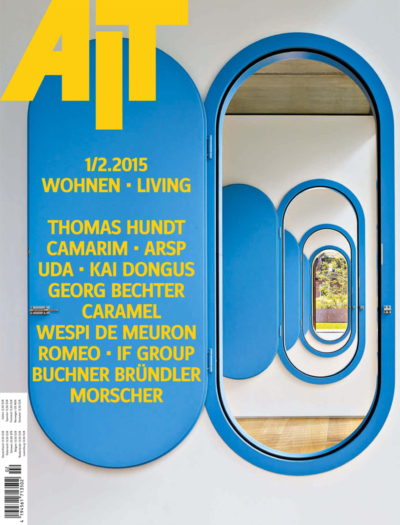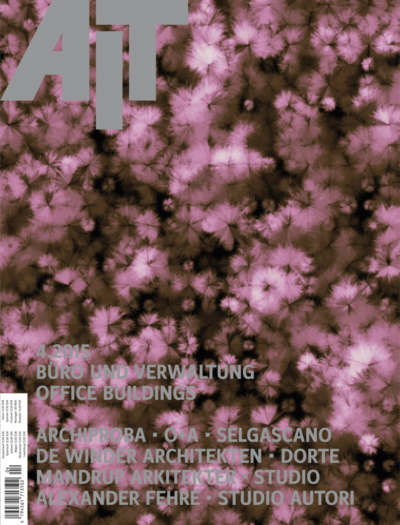
Issue 11 | 2015
HEALTH AND SPA
Dear Readers,
It was a new hospital building that has accompanied me through my entire architectural studies: the Katharinenhospital by Heinle Wischer und Partner in Stuttgart. The reason for this wasn’t because I had been involved in this project, but because one of our structural design professors had asked us as students in the second semester: “Watch the building site!” Since I had to walk past or around it during my studies at Stuttgart University, regardless whether I was on my way home or to the editorial office, where I was also working at that time, I couldn’t avoid seeing it! Nine years passed by between winning the competition in 1984 and the official opening in 1993 – as I recently noticed during my short visit (see the photo)! Back then I already decided that, for me, hospital projects simply take too long and that I would therefore try to avoid being involved in their planning and design! Hospitals are not everybody’s cup of tea, not only because they represent a highly complex planning task, but also because people do not really like to spend time inside them! At least in most cases – and this also applies to medical practices! Nonetheless, we dedicate a whole issue to this project type every year and diligently look for implemented results that are different. The fact that for healthcare buildings the majority of the available funds is already budgeted for the technical and medical equipment and little is left for an appealing interior design and fitout at the end doesn’t make it easier – neither for us nor for planers and patients. However, we still made several finds and have – as always – discovered some “odd” examples! Since this issue is not just about health but also about wellness, we also want to show you three really well-executed indoor swimming pools starting on page 106! From our 39th AITNewsletter@ait-online.de you have probably gathered that we are sending welcome packages with an (interior) architecture book, two AIT issues and a sketching pad to all (interior) architecture freshmen. Inform your friends, children, nephews and nieces, … and send the certificate of enrolment including your address to pstephan@ait-online.de!
Best wishes
Petra Stephan, Dipl.-Ing.
Chief Editor
Architect








